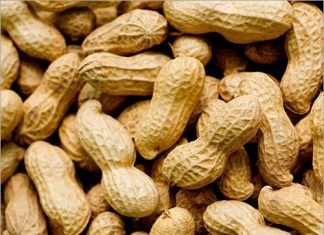February 2019
MARIËTTA CRONJÉ, SA Graan/Grain contributor
During recent discussions between Grain SA and the JSE the decision was made to address the ongoing concerns regarding the effectiveness of the current location differential system. The JSE therefore contracted an independent expert, Prof Matthew Roberts, from the Department of Agricultural, Environment and Development Economics at the Ohio State University, to investigate the current location differential system.
In 2008, the National Agricultural Marketing Council (NAMC) released its findings with regards to the operation of the Agricultural Products Division of the Johannesburg Stock Exchange. This study was undertaken at the request of Grain SA. One of the issues examined was the location differential system implemented by the JSE in settling the white and yellow maize and wheat futures contracts. The report recommended that Safex should maintain the current differential system and continue to calculate the differential in the current manner.
Prof Roberts already has knowledge of the South African market and conducted a previous study on behalf of the NAMC in 2009. The JSE therefore decided that Prof Roberts should once again evaluate the market and provide the JSE with new recommendations.
In the previous study Prof Roberts made a few observations which include the following:
- Randfontein was chosen as the reference point as it has a concentration of milling capacity.
- The differential is an estimate of the transportation cost from the delivery silo to Randfontein.
- Millers/buyers cannot share prices paid at various locations as this will expose their needs for physical grain to their competitors.
- Futures markets exist to ensure the cash commodity markets, and the overall economy, operate more efficiently.
- Futures prices would reflect worst case delivery scenarios.
- If the location differential is removed, the catchment, or area from which the Safex physical delivery will draw grain, will become much smaller, centered at these worst-case scenarios.
- The level at which producers can guarantee a market for their production will fall, which will limit their ability to obtain input finance.
The recommendations from the 2009 study were as follows:
- Retain the differential system as it was at that stage.
- Look at ways in which information and access to information in the market could be improved.
- Introduce a Commitment of Traders’ report by the JSE.
- Safex should explore the introduction of an electronic exchange for silo certificates.
Grain SA obtained various data and facts over the past few years, and will present this to Prof Roberts according to the mandates
of the 2018 Grain SA Congress.

Publication: February 2019
Section: Grain SA

















